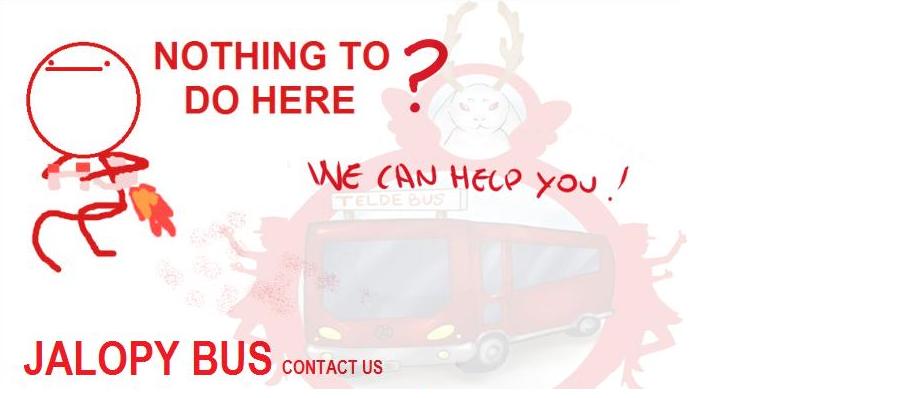Wednesday, May 25, 2011
Telde unique tour.
Stop #1: La Garita
It is a seaside place in Telde. The dark sandy beach is aproximately 250 metres long where it is not advisable to swim because of the strong waves.
The dark sandy beach is aproximately 250 metres long where it is not advisable to swim because of the strong waves.
There is a big avenue which connects with other beaches such as “Pozuelo” and “Playa del hombre”. On our way to Pozuelo, it can be found a basalto formation. Basalto is a kind of rock created from the lava which came out of the ocean. Made of that stone, it is the “bufadero”. It is a deep hole in the stone connected to the ocean through the water goes back and forth.
In la Garita, you can find many fresh fish restaurants and bars. There you can relax as you see the surfers riding the waves.
Stop #2: Melenara
 Bus stop: Luis Morote street: In front of the beach.
Bus stop: Luis Morote street: In front of the beach.If you go on walking through the avenue which starts in la Garita, you will reach Melenara. Like it is one hour walking or more, we have there another bus stop. Not more than five minutes walking, it is “Las Salinetas”. Melenara is native Canary language for black sand.
In contrast with La Garita, Melenara has very calm water, so, you can enjoy swimming. In fact, It was awarded with the blue flag.
In the middle of the beach into the water in the top of a stone, there is a Neptune (god of the sea) sculpture.
In summer, june 24th eve, people go there and celebrate San Juan with fireworks. In the past, they would set out bonfires.
Stop #3: Tufia.

You can see a traditional canarian fishing small town. The houses are very caracteristic. Near the coast, there is an archaeological site. It is one of the biggest archaelogical sites in Gran Canaria. It is formed by caves and houses made of rough stone through primitives means
Stop #4: Cuatro Puertas.
 It is another archaelogical site – one of the largest in Gran Canaria. - situated in Bermeja’s mountain. It is considered an historical an artistic monument. It is formed by many caves - the most important one which gives the name to the place has obviously four doors. It consists of a big room with symbols which have not been descifred yet. Although, it is believed it was used for ceremonies and the symbols were related to them.
It is another archaelogical site – one of the largest in Gran Canaria. - situated in Bermeja’s mountain. It is considered an historical an artistic monument. It is formed by many caves - the most important one which gives the name to the place has obviously four doors. It consists of a big room with symbols which have not been descifred yet. Although, it is believed it was used for ceremonies and the symbols were related to them.
Stop #5: Barranco de los cernícalos.
 Bus stop: Arenales village, Lomo Magullo.
Bus stop: Arenales village, Lomo Magullo.Over 12 kilometres of spectacular views. Waterfalls, defiles and a wide variety of plants like lavanders, tajinastes, sages, mallows, watercress and a lot of animals like reptiles, birds – like the krestel which gives the name to the place -, amphibious, birds...
Stop #6: Campo de Volcanes de Rosiana.
Rosiana is an alternative place where you can see the last volcano activity which has happened in Telde. And also, many native wildlife which live only in this volcano-made ground. You should bring your own food and water because there are no facilities around.
- It is not included in the guided tour because the whole distance is aproximately 8 km long and we have not enough time. Nevertheless, if you had time, it would be a nice idea to visit it.
Stop #7: Tara
 Bus stop: Alondra’s street.
Bus stop: Alondra’s street. People there are very traditional yet catholic. They usually do a lot of romerías and they go to church as well. They unit quite different religious points of view.
As a small town, the facilities there are nearly none.
Stop #8: Cendro.
Stop #9: Jinamar
Bus stop: Granada’s street. (in front of the church).
Jinamar is an industrial zone which is not well-known but nowadays its image has been favoured thanks to the two new departmant stores such as El Mirador and Las Terrazas. There you will be able to buy some souvenirs and check out canarian fashion shops.
- Outside our timetable, If you come on Sundays, you can visit the market where things you can not imagine are sold. It is incredible to see!
Cima de Jinamar has a long history. In the past native people thought demonds came out from there and during Franco’s dictactorship, people were thrown into it and died. It connects with the ocean. We will stop there a minute, to see it!
Stop #10: San Juan.
 nformation points...
nformation points...




